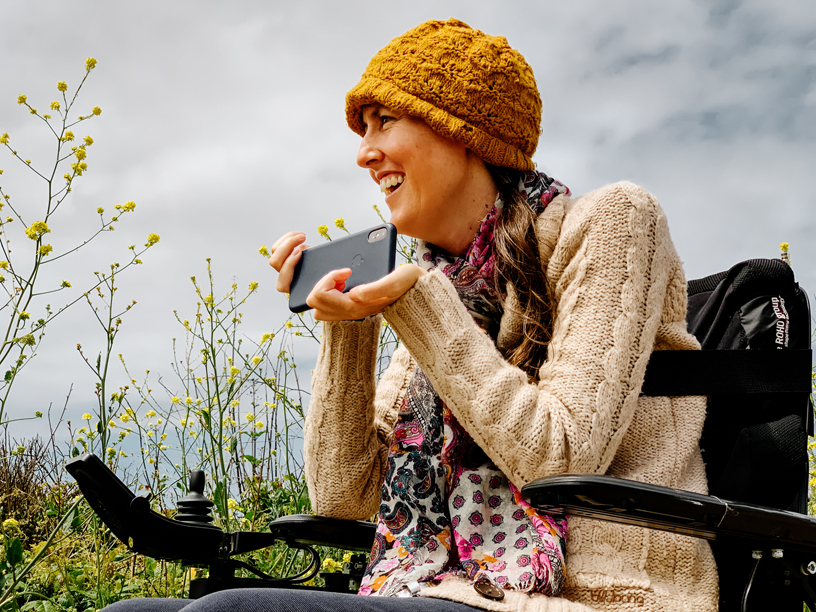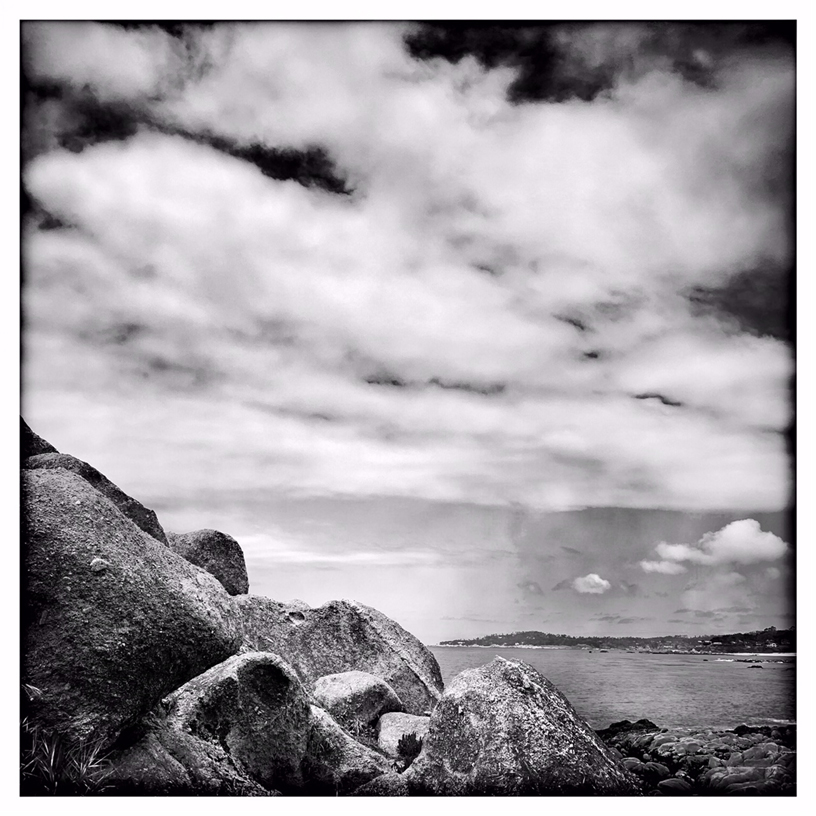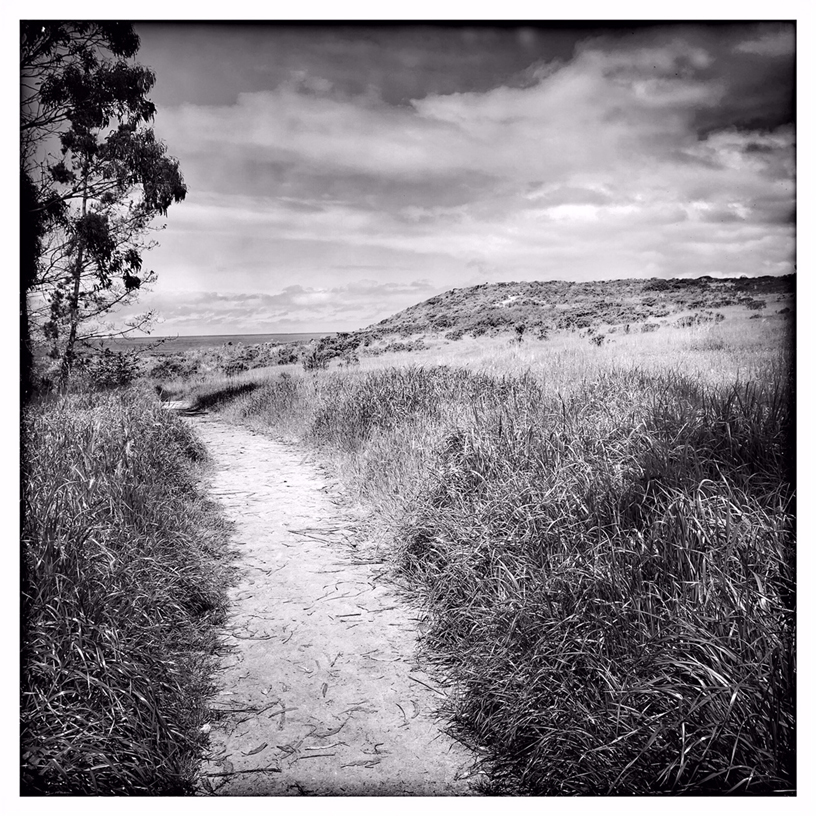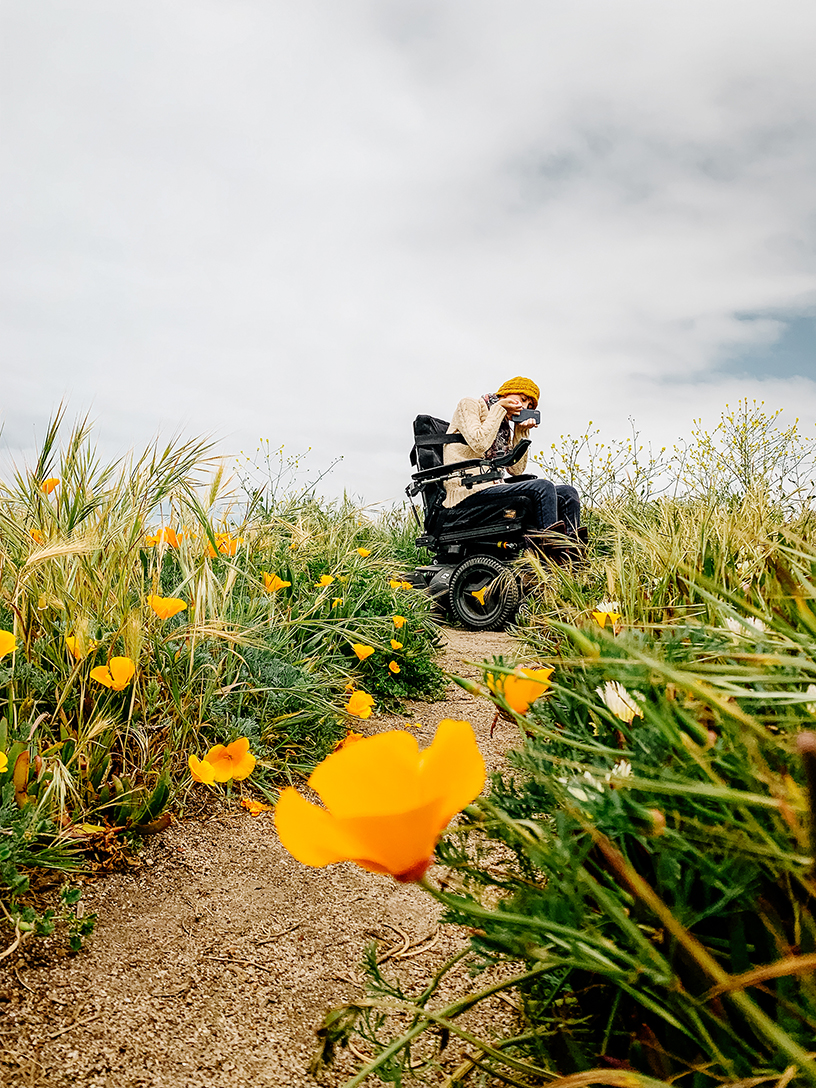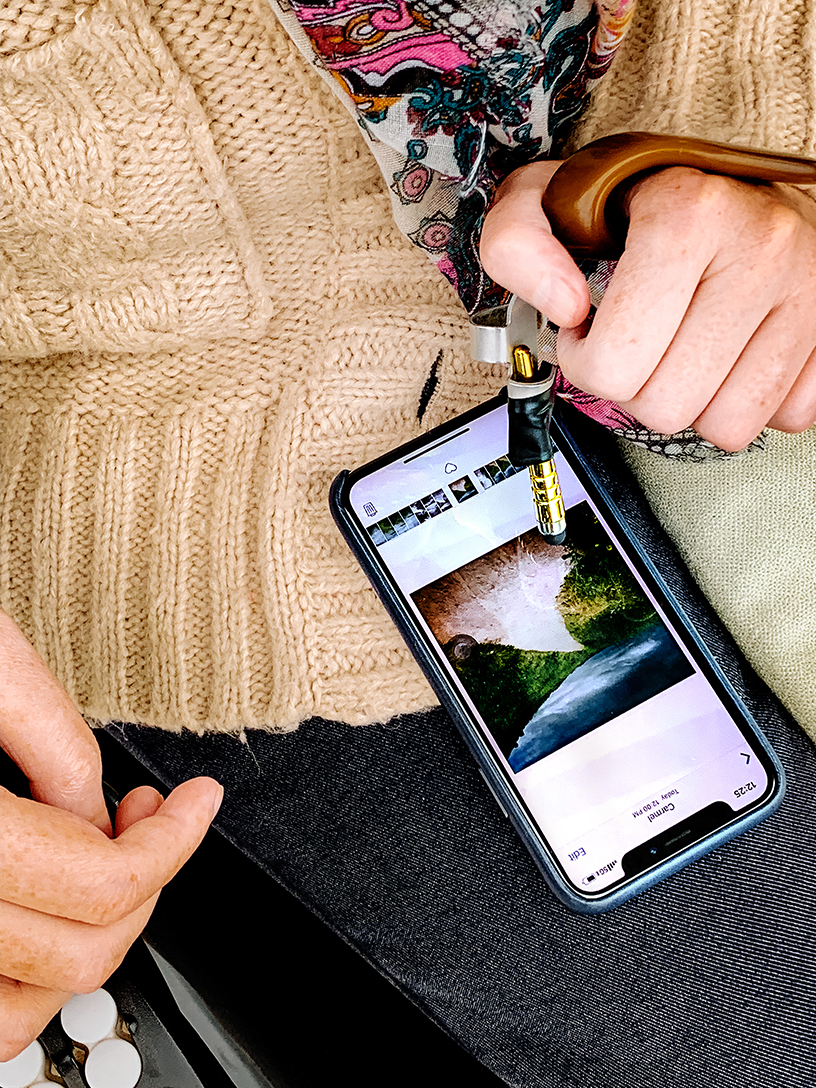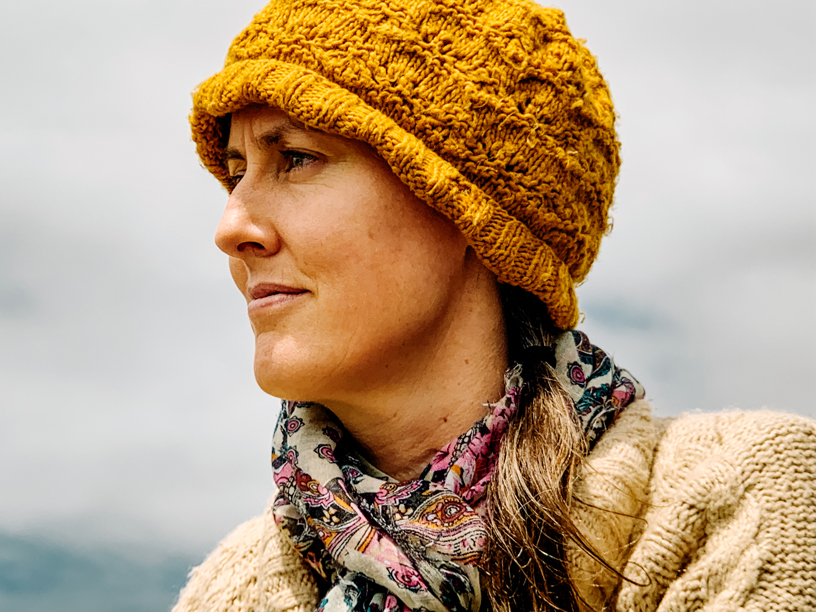Zpráva dne
16 května 2019
Photographer Rachael Short explores the beauty of simplicity with iPhone
California-based photographer Rachael Short likes to keep things simple. Shooting photographs around Carmel, California, she searches for new textures, lighting and contrasts to capture in her portraits and landscapes. She prefers black and white, brushing off colour as a distraction. “Life is so chaotic, so it’s something to simplify and calm things down,” Short explains.
In 2010 at age 28, Short suffered a spinal cord injury in a car accident along California’s Highway 1 on Halloween night. She was diagnosed with a C5 fracture in her spine. She was quadriplegic.
It would take 60 days in-hospital for Short to touch her nose with her left hand, and a full year before her arms had the strength to hold anything, let alone a camera. While she was there, her best friend gifted her an iPhone 4 because it was easier to use after her injury.
“It took about a year for me to have enough arm strength to start holding an iPhone,” Short recalls. “It was the first camera that I started using [after the accident], and now it’s the only camera that I’ve been using because it’s nice and light, small and easy to use.”
Since then, Short’s creative process has shifted to one that is digitally streamlined and mobile. “It used to be that I had my 4x5 camera, and I had my medium format camera and 35 mm and it got complicated,” she says. “Now it’s more about the image and less about the technical and the equipment. It’s made me more focused.”
She no longer carries multiple cameras or a variety of films. Instead, she captures a colour photo with her iPhone XS using the Hipstamatic app, converts it to black and white and edits it in the Snapseed app, prints a digital negative and then produces a platinum print as an archival image. “I've been really impressed with the camera on the iPhone and how I’ve been able to make it do what I did with film,” she says. “The image quality has been really amazing and surprising.”
“Technology has changed so much. It just opens up so many possibilities for people with disabilities and limited mobility.”
Today Short lives a short distance from Gallery EXPOSED in Carmel, her photo gallery where she exhibits local artists’ work. As a wheelchair user, she looks for accessible places to shoot and still be in nature, like Point Lobos for its flat trails and natural beauty, or the long coastal trail weaving along the ocean near Monastery Beach, one of the only places in the area that gets her close to the ocean at all. Though she rarely visited these places before her injury, she now shoots these locations often. She prefers capturing wandering paths or endless roads that lead a viewer’s eye down the frame of a photograph.
Despite the unexpected obstacles put in Short’s path almost a decade ago, she still finds this lightness and dreaminess in the world around her. She embraces today’s technology as a new way for her to create, finding beauty wherever she is, whether in a peace poppy flower that’s sitting in her window, or in the shadow of a tree cast on the facade of the Carmel Mission.
“I couldn’t imagine being in my situation even 15 years ago without my iPhone,” Short says. “Technology has changed so much in that time. It just opens up so many possibilities for people with disabilities and limited mobility. It’s my camera, it’s my email, it’s my photo editing, it’s ‘Hey Siri, do stuff for me.’ It’s everything.”
In partnership for Global Accessibility Awareness Day, Apple worked with California photographer Rachael Short to showcase her art, all shot on iPhone. Today, Apple is hosting events around the world to promote inclusive design and emphasise how technology can empower everyone. To learn more about Apple’s accessibility features and services, visit apple.com/accessibility.
Images of Rachael Short
